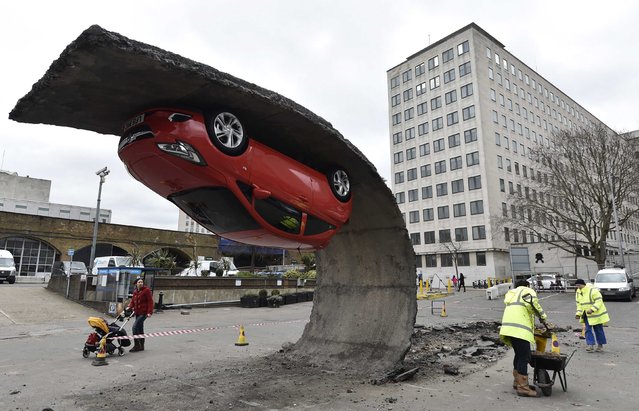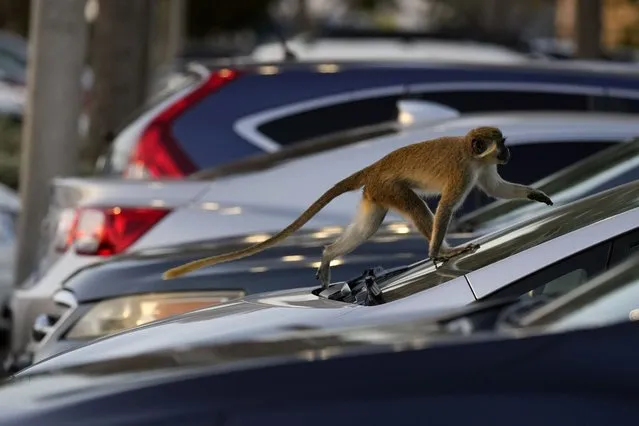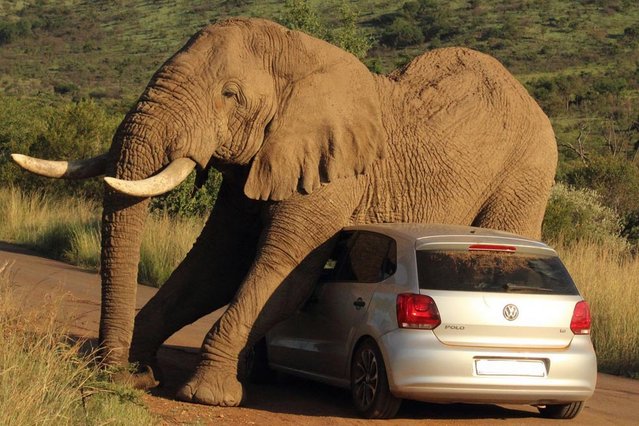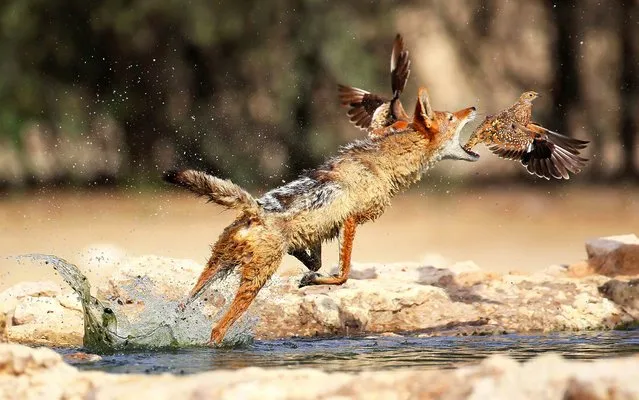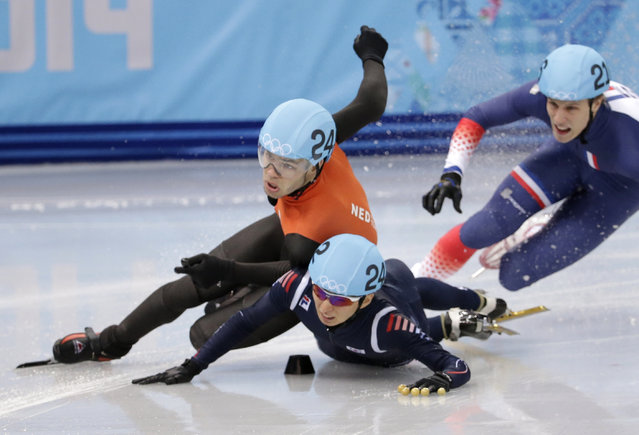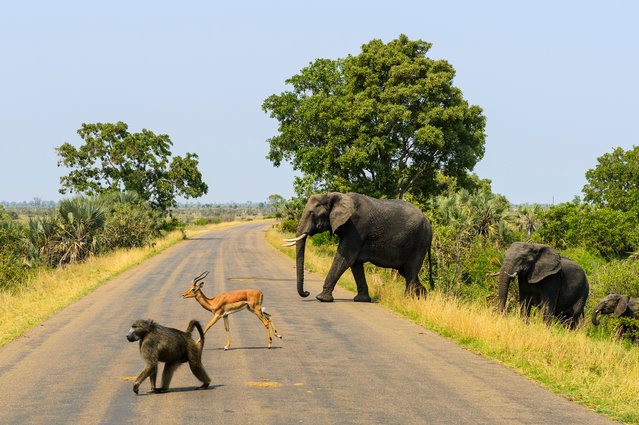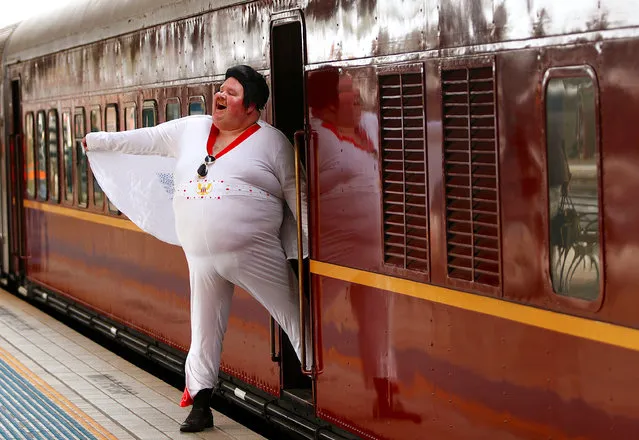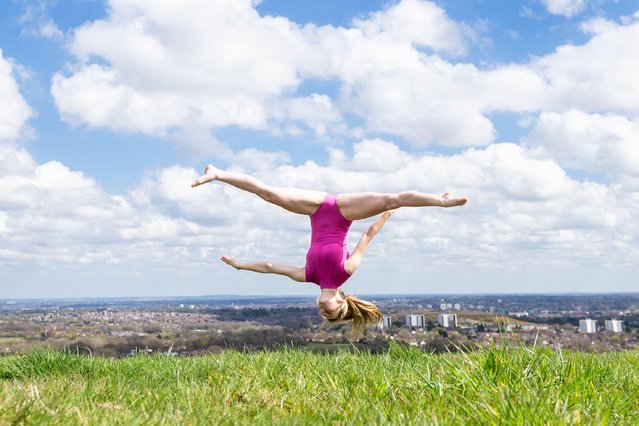
17-year-old dance student Amelia Hubbard of Halesowen, West Midlands, takes to the park in south Birmingham, United Kingdom on April 14, 2022 to do some spring moves, as temperatures soar in the UK on Good Friday.(Photo by Peter Lopeman/Alamy Live News)
19 Jul 2022 05:02:00,post received
0 comments

